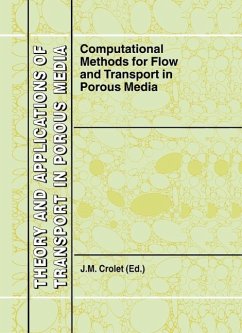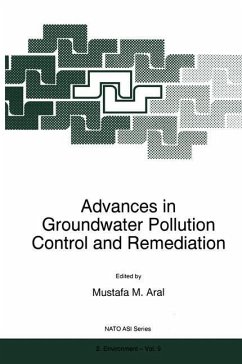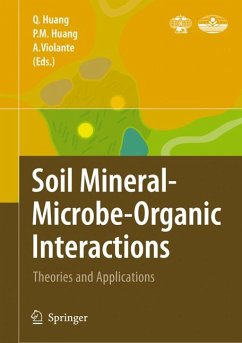
Contaminant Geochemistry (eBook, PDF)
Interactions and Transport in the Subsurface Environment
Versandkostenfrei!
Sofort per Download lieferbar
152,95 €
inkl. MwSt.
Weitere Ausgaben:

PAYBACK Punkte
76 °P sammeln!
This book combines earth science, subsurface hydrology and environmental geochemistry, providing a comprehensive background for specialists interested in the protection and sustainable management of the subsurface environment. The reader is introduced to the chemistry of contaminants, which usually disturb the natural equilibrium in the subsurface as a result of human activity. The major focus of the book is on contaminant reactions in soil solutions, groundwater and porous media solid phases, accounting for their persistence and transformation in the subsurface, as they are transported from t...
This book combines earth science, subsurface hydrology and environmental geochemistry, providing a comprehensive background for specialists interested in the protection and sustainable management of the subsurface environment. The reader is introduced to the chemistry of contaminants, which usually disturb the natural equilibrium in the subsurface as a result of human activity. The major focus of the book is on contaminant reactions in soil solutions, groundwater and porous media solid phases, accounting for their persistence and transformation in the subsurface, as they are transported from the land surface into groundwater. Discussions on selected case studies are provided.
Dieser Download kann aus rechtlichen Gründen nur mit Rechnungsadresse in A, B, BG, CY, CZ, D, DK, EW, E, FIN, F, GR, HR, H, IRL, I, LT, L, LR, M, NL, PL, P, R, S, SLO, SK ausgeliefert werden.













